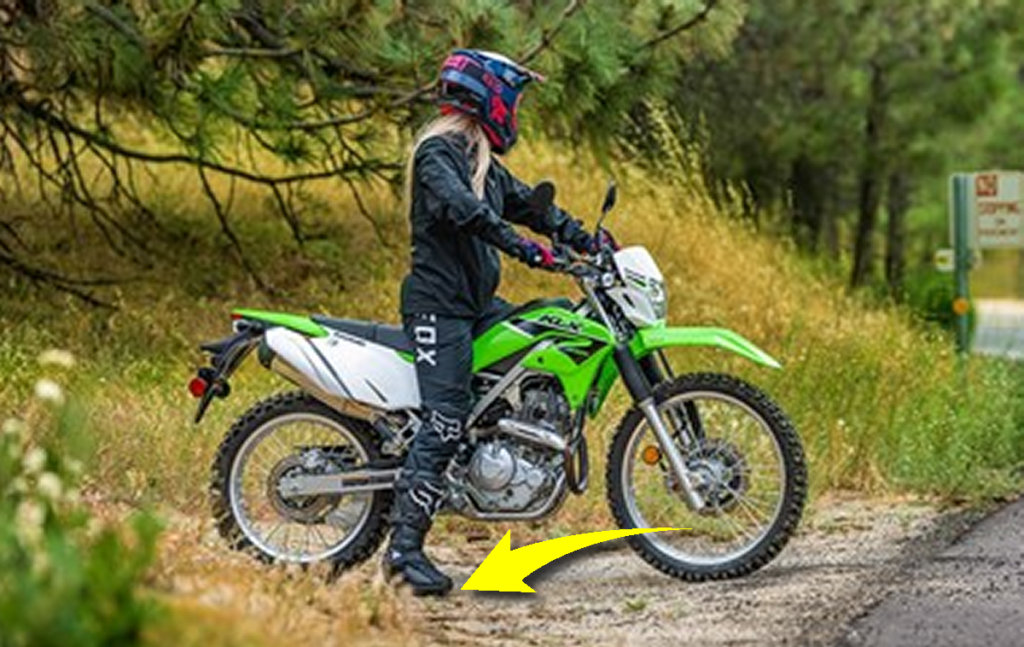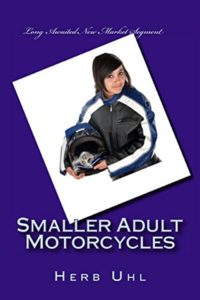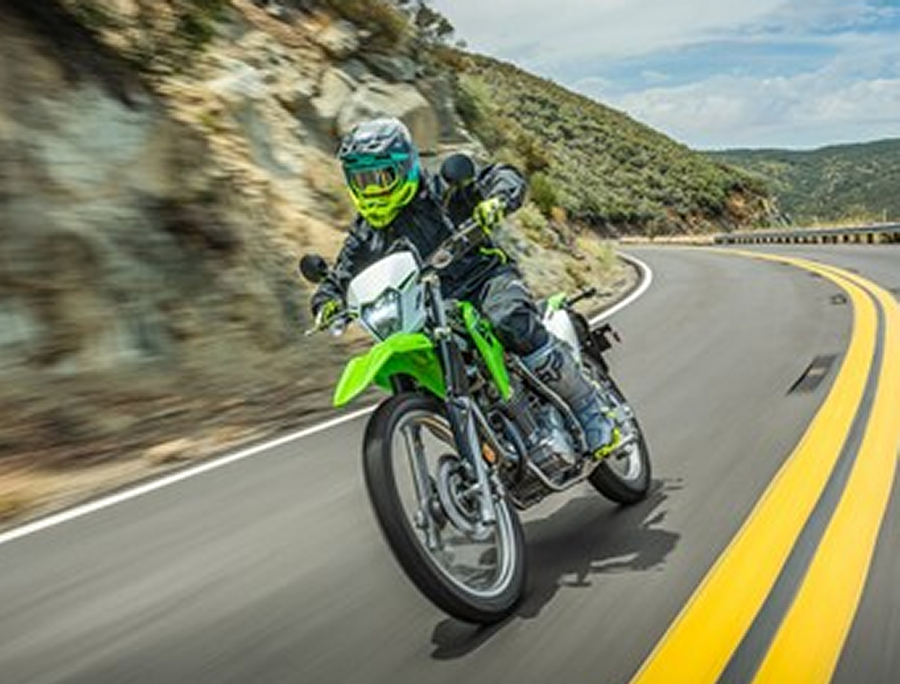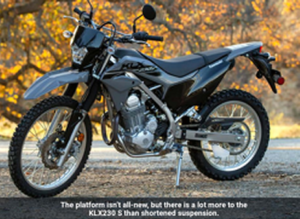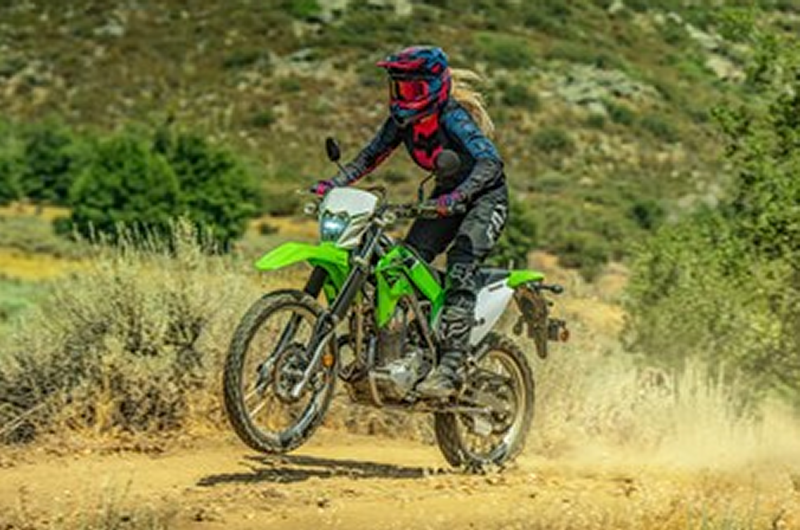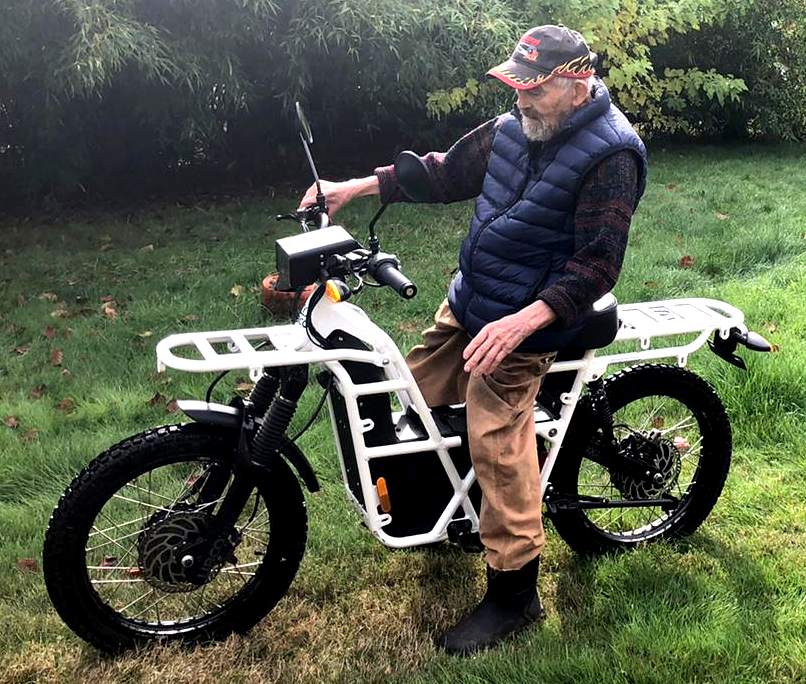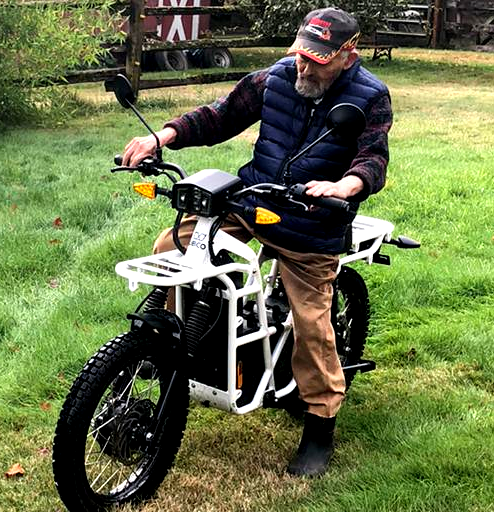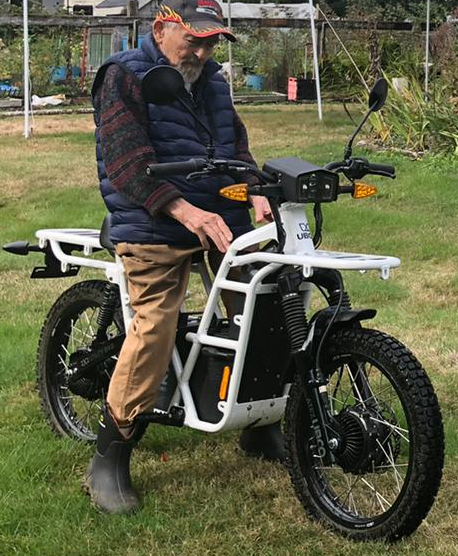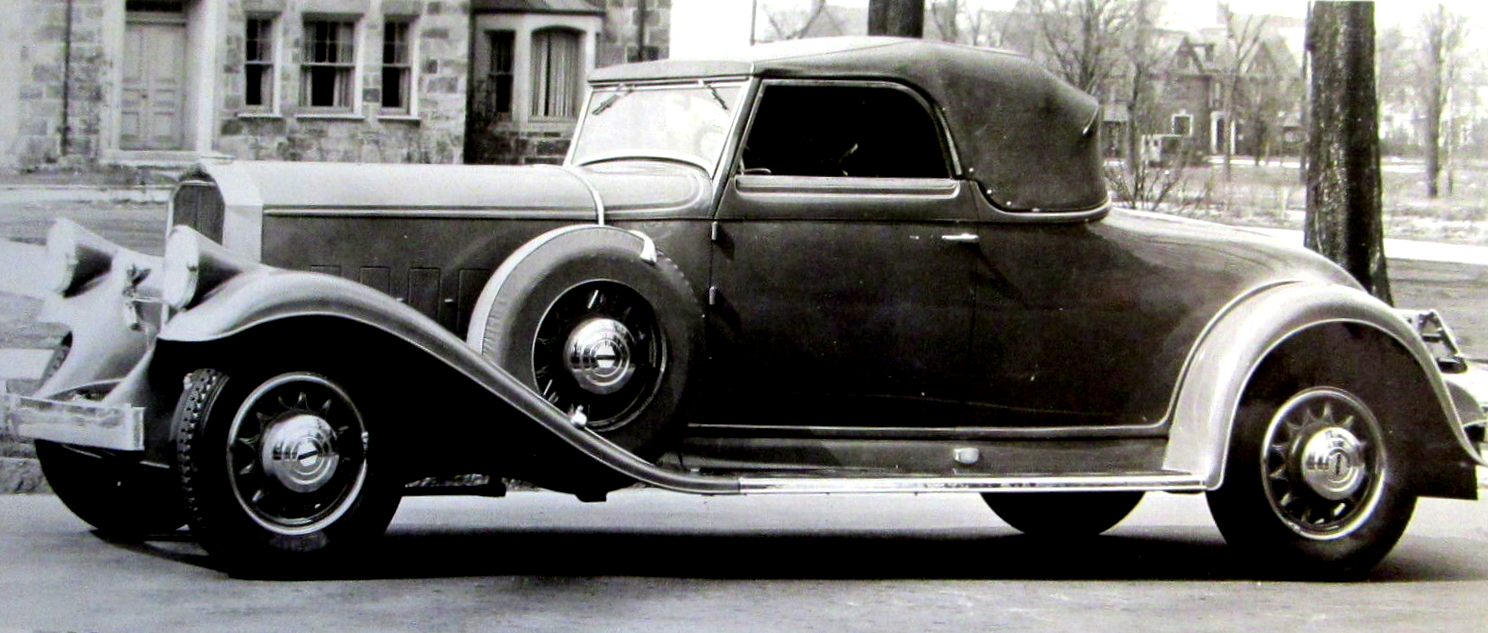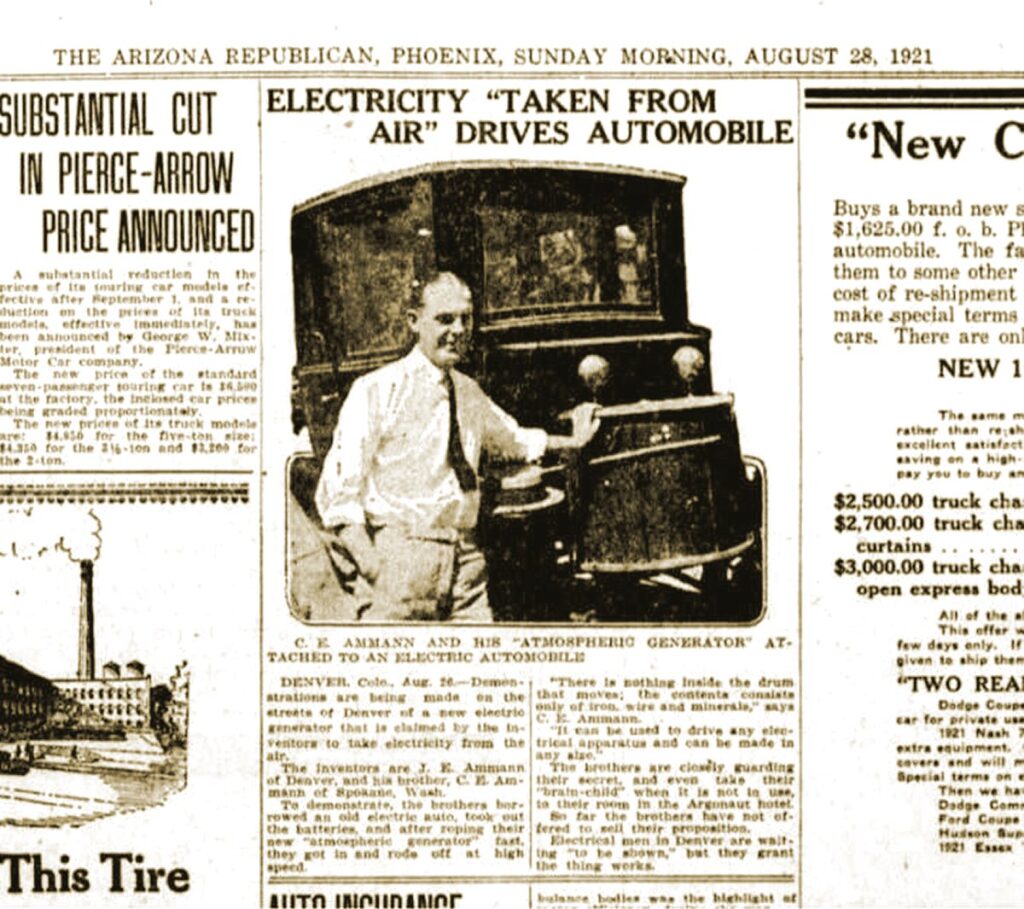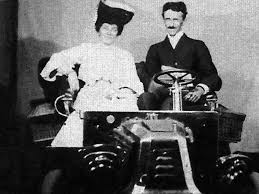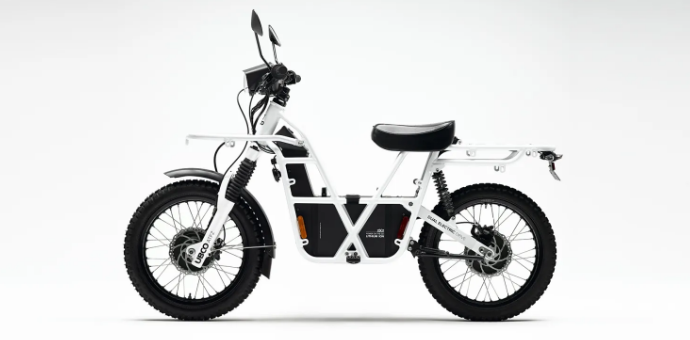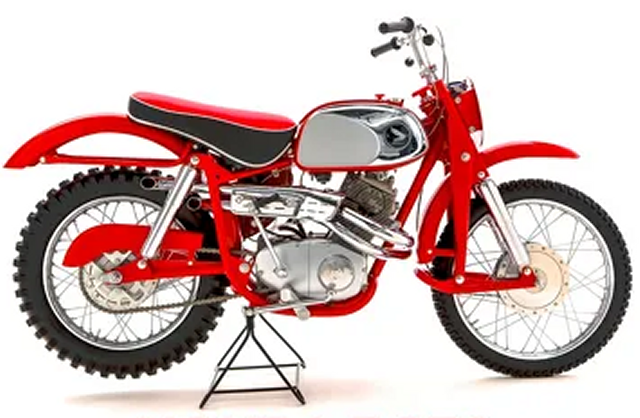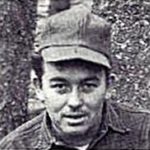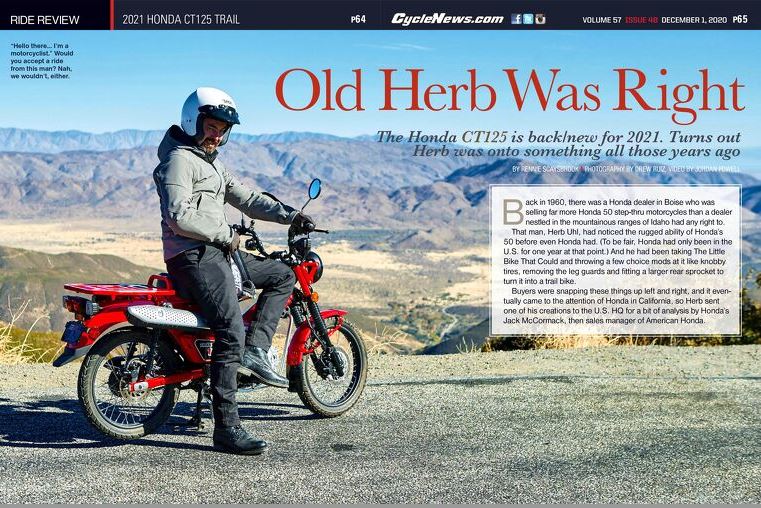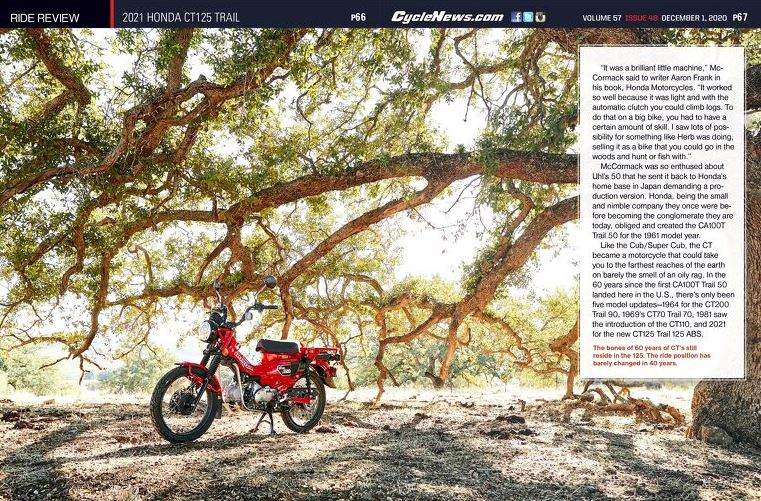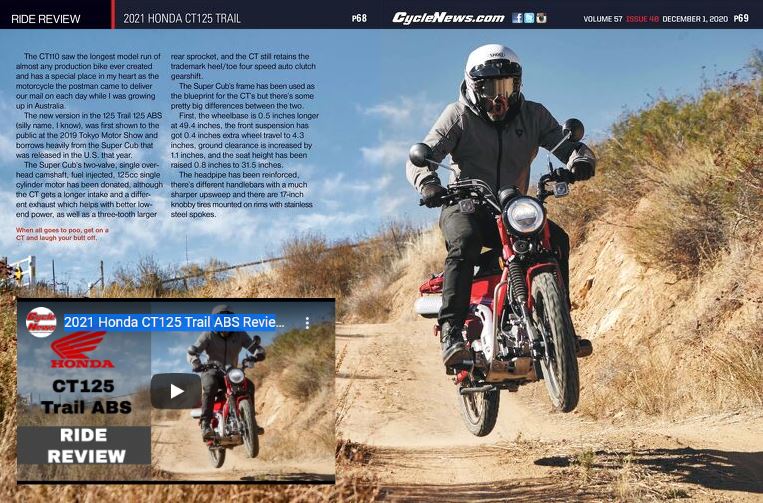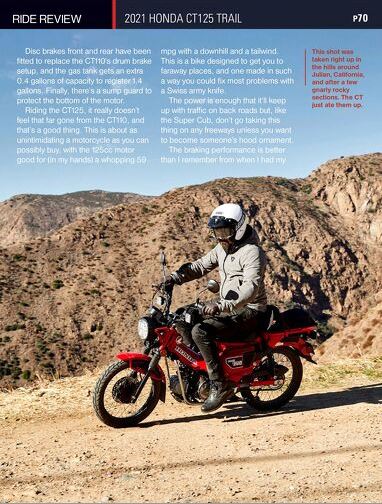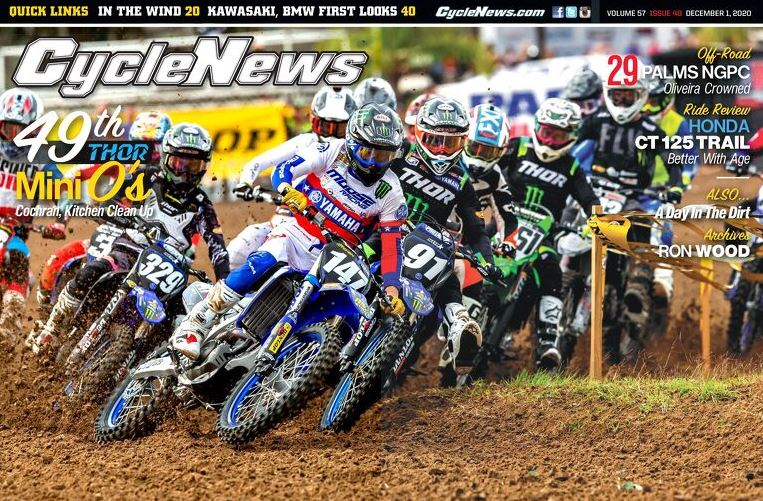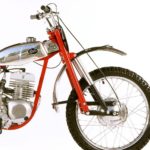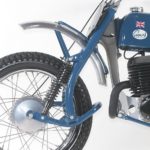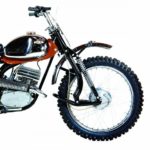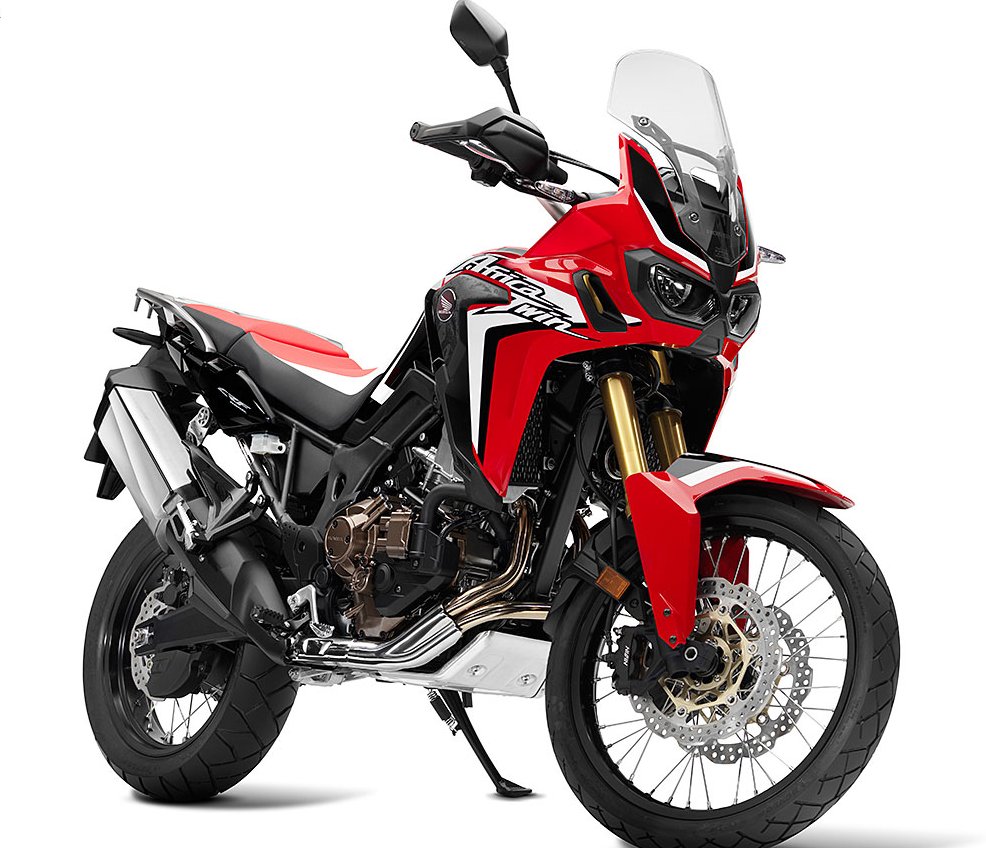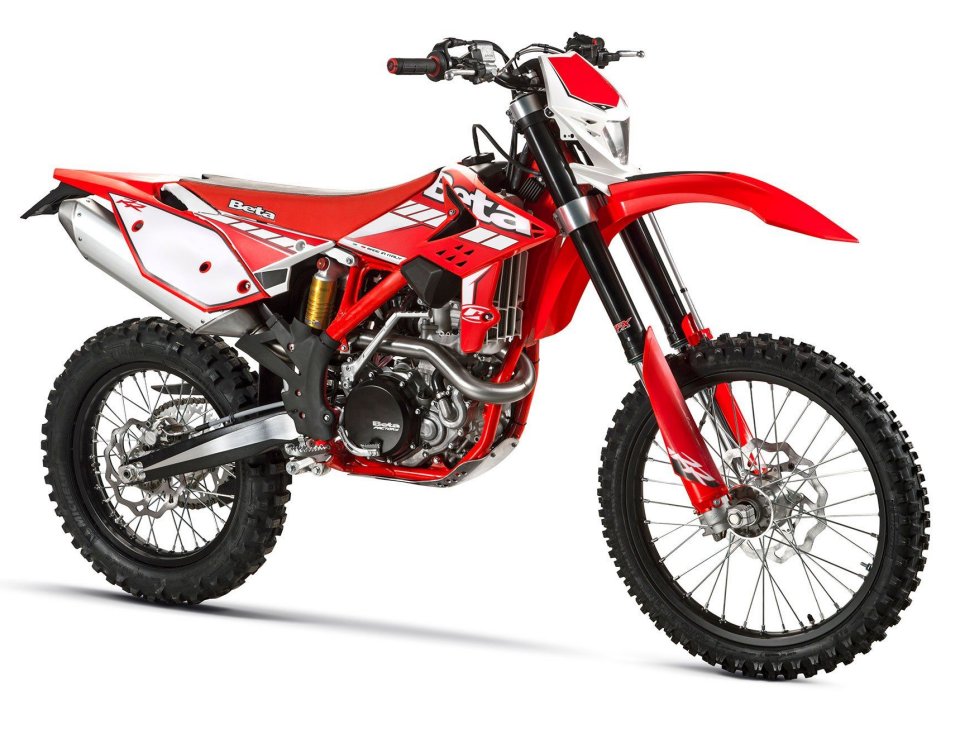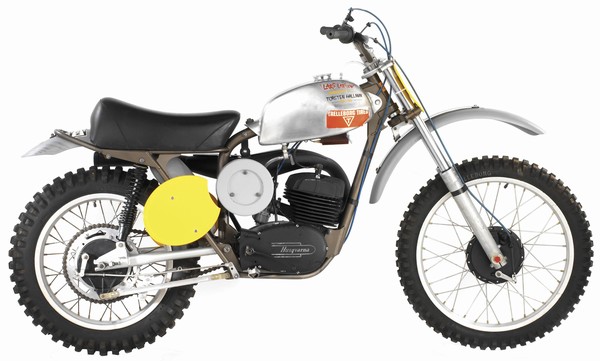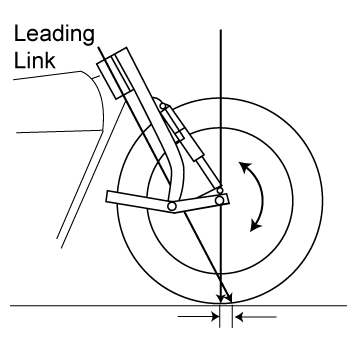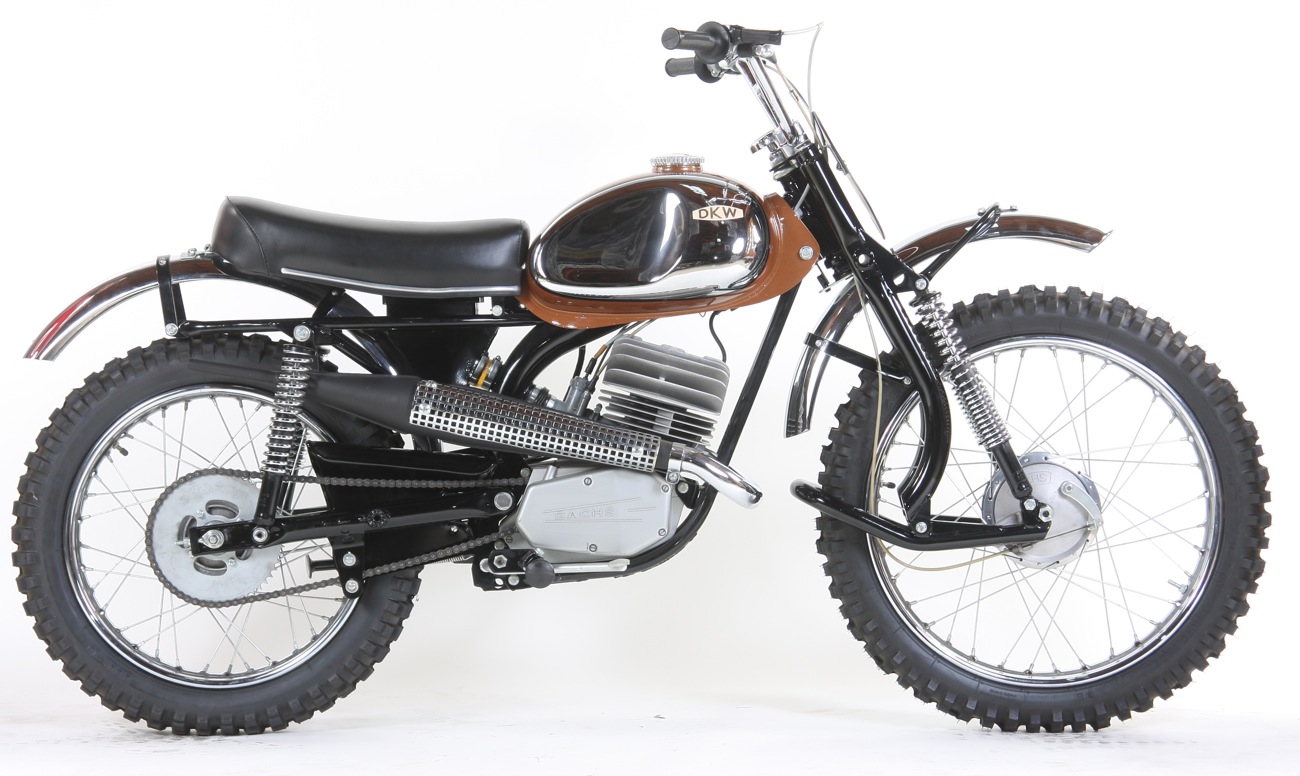Do you have a fantastic idea for an invention? That’s great news! Everyone has a special idea or invention that the world needs to see. Sharing your idea can make a big difference and help things move forward in a big way. It’s your sacred responsibility to share your ideas. If you do it right, you can also make a lot of money from it.
1. Document Your Idea
Start by writing down every detail about your invention, including how it works, its purpose, and how it’s different from existing products. Keep a dated inventor’s journal and have it signed by a witness. This documentation will be crucial when you seek help and protection for your idea.
2. Research and Protect Your Idea
Conduct a patent search to ensure your idea is unique. You can use resources like the U.S. Patent and Trademark Office (USPTO) website for this. Consider filing a provisional patent application to secure a filing date while you further develop your idea. This gives you a year to refine your invention and file a non-provisional patent application.
3. Create a Prototype
Develop a working prototype of your invention. This will help you test its functionality and make any necessary improvements.
4. Seek Professional Help
Consult with a patent attorney or a professional invention development company to guide you through the patent process and help you refine your idea. They can assist with preparing your patent application, including the written description, the claims, and the drawings.
5. Market Your Invention
Once your idea is protected, start marketing it. You can approach companies that buy invention ideas, such as Idea Buyer, Sharper Image, and Dewalt. You can also consider licensing your idea to a company or do-it-yourself manufacturing and marketing your product using crowdfunding resources.
6. Government Resources
Explore government grants and resources for innovation and entrepreneurship4. Local Small Business Development Centers (SBDCs) can provide guidance and support.
7. Online Platforms
Use online platforms and forums to connect with other inventors, get feedback, and find potential collaborators.
Getting help with your invention idea involves documenting your idea, conducting research, protecting it through patents, seeking professional help, and marketing your invention. By following these steps, you can turn your idea into a reality and make a significant impact.
You can always get a copy of my book, How to Make a Patent for an Idea, to help you even more with your invention idea. And if you’ve read my book and think you could use some subjective feedback on your invention idea, contact me.
~Herb Uhl




